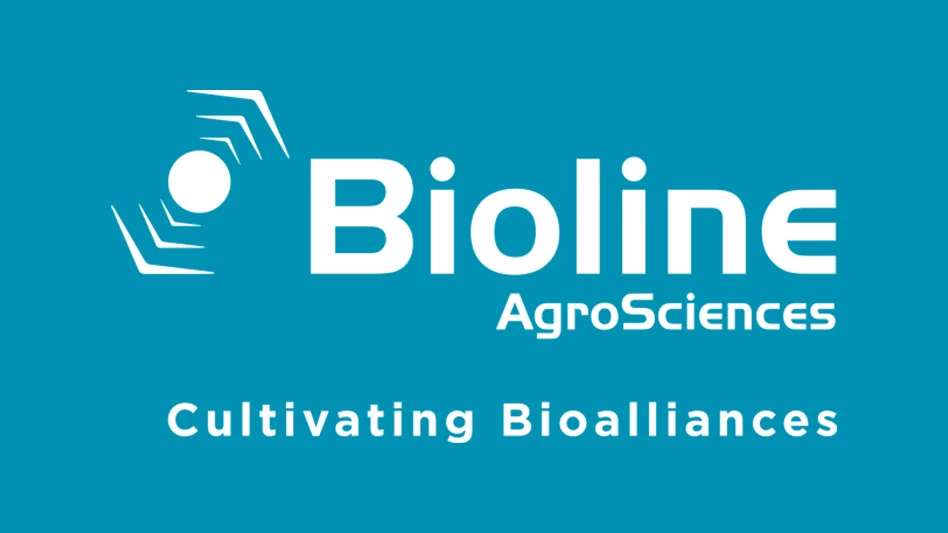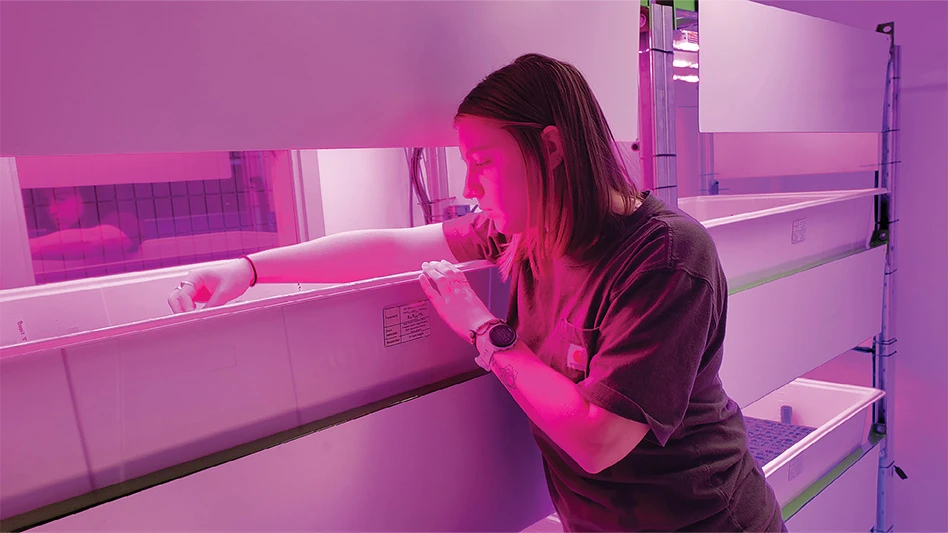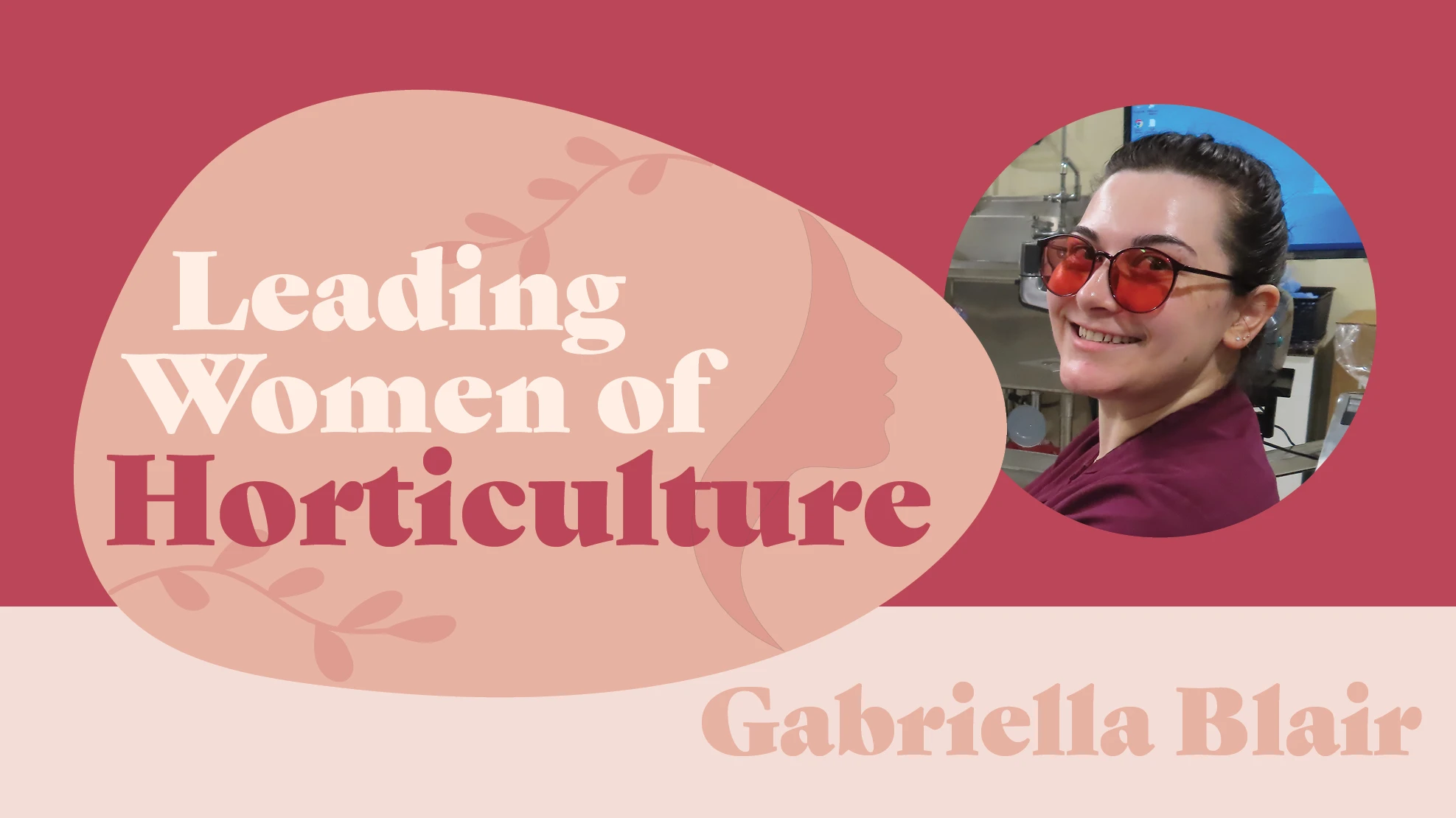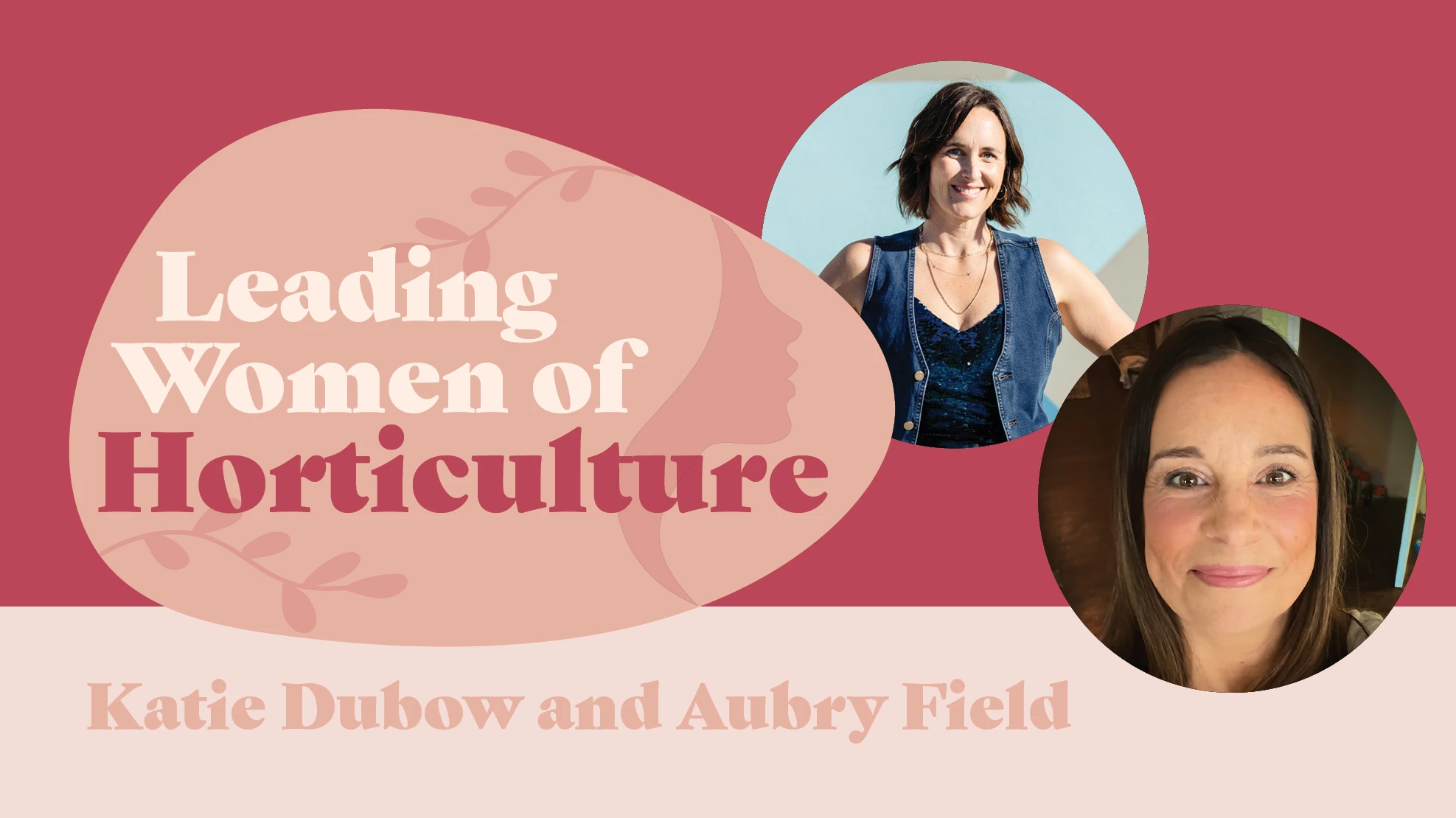
Are you interested in rooting cuttings under light-emitting diodes (LEDs), but hesitate to install LEDs in a propagation greenhouse where they may be exposed to high humidity and maybe only be used for three to four months a year? Fear no more. Researchers at Michigan State University (MSU) have investigated the application and use of LEDs for sole-source lighting (SSL) during herbaceous perennial propagation. Though you may be wondering — why propagate cuttings under SSL LED environments? The answer: control, uniformity and consistency. Propagators can maintain consistent temperatures and light intensities in walk-in germination or rooting rooms throughout the year. If this hasn't sparked your interest yet, maybe this article will.
During spring, summer and fall months, many herbaceous perennial species are vegetatively propagated from shoot-tip cuttings. Throughout months when propagators are actively rooting perennial cuttings, seasonal outdoor daily temperatures and photosynthetic daily light integrals (DLIs) differ greatly. The variation in temperatures and DLIs is challenging for propagators in their ability to maintain consistent environmental conditions during callusing and rooting. Seasonal temperatures influence the need to heat or cool the propagation environment to achieve recommended air and root-zone temperatures (RZT) of 70 to 73°F and 75°F, respectively. However, these recommended temperatures may be hard to achieve during warmer or coolers times of the year. Furthermore, callus and adventitious root development is temperature-dependent, and extreme temperatures may affect root formation in unrooted cuttings.
Additionally, outdoor DLIs across the continental U.S. during late winter to early spring months are relatively low (5 to 20 mol·m-2·d-1) compared to summer and fall months (30 to 50 mol·m-2·d-1) when the majority of herbaceous perennials are being propagated. Furthermore, DLI in propagation greenhouses may be reduced by 50 percent or more from the greenhouse structure, glazing material, white wash, and shade curtains. While low DLIs during propagation may be beneficial for minimizing stress and developing callus, excessively low DLIs can result in little to no adventitious root formation in cuttings. In general, these seasonal variations pose a challenge for propagators to maintain consistent environments for propagating herbaceous perennial liners.
To increase the DLI in propagation environments, propagators often provide supplemental lighting (SL) from HPS lamps while some commercial greenhouse operations have trialed and implemented LED arrays. Our team has extensively investigated indoor vertical production of plugs under SSL LEDs for the past seven years. Though, the effects of sole-source red (R) and blue (B) light provided by LEDs during cutting propagation in rooting rooms have not received much attention. Therefore, our research objectives were to quantify and compare SSL from LEDs providing different light qualities to SL from HPS lamps on callus and adventitious root formation of herbaceous perennial cuttings.

Research protocol
Unrooted herbaceous cuttings of perennial sage (Salvia nemorosa ‘Lyrical Blues’) and wand flower (Gaura lindheimeri ‘Siskiyou Pink’) were received from a commercial cutting supplier. Cuttings with similar stem length, stem caliper, and node and leaf numbers were selected for consistency and research purposes. Cuttings were stuck in 72-cell propagation trays filled with a propagation medium composed of 50 percent commercial soilless substrate and 50 percent coarse perlite. Cuttings were misted and then placed in trays without drainage holes on top of non-swelling silica clay aggregates. Each tray received 10 oz. of deionized water and were covered with a clear, plastic humidity dome.
Trays of meadow sage and wand flower were placed in either a greenhouse propagation or walk-in rooting room (growth chamber) environment. In the greenhouse, cuttings were placed on a propagation bench with a closed-loop bench-top root-zone heating system covered with galvanized sheet metal. The root-zone heating system maintained a propagation substrate temperature set point of 75°F. Additionally, cuttings were placed under 54 percent shade cloth under ambient daylight and SL delivered from HPS lamps for a 16-h photoperiod. The target greenhouse DLI, air temperature, and relative humidity set points were 3.4 mol·m–2·d–1, 70°F, and 80 percent, respectively.
In the walk-in rooting room, propagation trays were placed on stainless steel vertical structures with two shelves. Each shelf was insulated with cellofoam boards and covered with a heavy-duty, commercial quality rubber heating mat. Each heating mat was controlled independently and set to maintain a propagation substrate temperature of 75°F. The air temperature, relative humidity, and carbon dioxide concentration set points were 70°F, 70/80 percent day/night, and 500 ppm, respectively. Sole-source light was delivered from LED arrays providing either R [100:0 red:blue; R100:B0], B [0:100 red:blue; R0:B100], or a combination of R and B [75:25 (R75:B25) or 50:50 (R50:B50)] light. Sole-source LED light provided a 16-h photoperiod to achieve a target DLI of ˜3.4 mol·m–2·d–1.
At stick (0 day) and 2, 4, 6, 8 and 10 days after sticking cuttings, the percentage of rooted cuttings was determined. At each data collection day, cutting stem length and caliper, leaf area, and root dry mass was determined.

What we found
Perennial sage cuttings placed under all SSL treatments rooted 2 days earlier than those under SL in the greenhouse. Stem length of perennial sage cuttings was generally shorter as the proportion (percent) of B light increased from 0 percent to 50 percent. For example, after 10 days, average stem length of perennial sage cuttings was 45 percent shorter under R50:B50 than R100:B0 LEDs, respectively. Furthermore, stem length of cuttings under SSL R50:B50 LEDs was 27 percent shorter than those propagated in the greenhouse. Stem caliper and leaf area of perennial sage cuttings were generally unaffected. By day 10, root dry mass of perennial sage cuttings propagated under R50:B50 LEDs were 50 percent larger than cuttings propagated in the greenhouse.
Root initial development of wand flower cuttings occurred at day 4 and was similar among all lighting treatments (Fig. 3). Average stem length of wand flower cuttings after 10 days under SSL R50:B50 LEDs was 24 to 27 percent shorter than cuttings propagated under SSL R100:B0 and R75:B25 LEDs. Cuttings were also 30 percent shorter than cuttings propagated in the greenhouse. Stem caliper and root dry mass was similar among all SSL LED treatments. At day 10, cuttings propagated under SSL R50:B50 LEDs developed significantly more root biomass than cuttings propagated in the greenhouse.

Industry application
From our results, we can conclude that there are no negative effects of propagating herbaceous perennials under SSL from LEDs. Adventitious root formation occurred and increased under all light quality treatments for both perennial sage and wand flower, however cuttings propagated under SSL LEDs providing R50:B50 exhibited reduced stem elongation and greater root dry mass which is commercially desirable and less likely to be damaged during shipping and transplanting. Therefore, we recommend that cutting propagators establish a DLI of ˜3.5 to 4 mol·m-2·d-1 delivered from SSL R50:B50 LEDs during callusing and increase the DLI to 10 to 12 mol·m-2·d-1 during rooting of herbaceous perennial sage and wand flower shoot-tip cutting propagation in a walk-in rooting room.
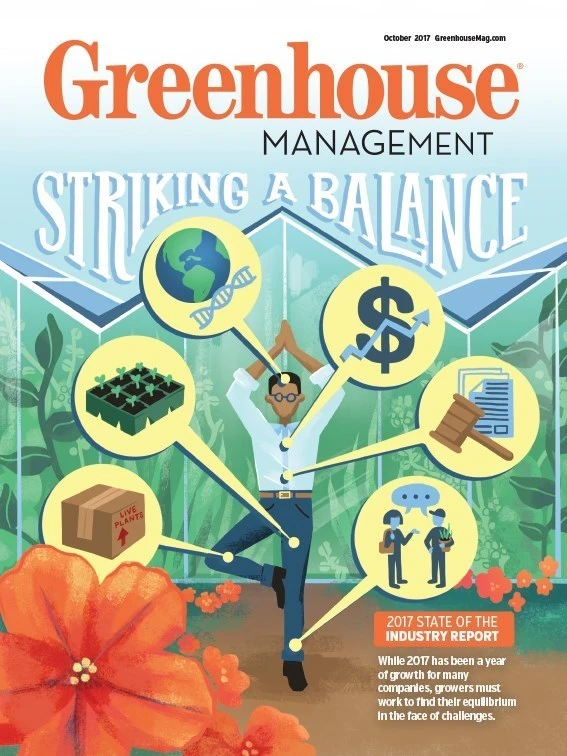
Explore the October 2017 Issue
Check out more from this issue and find your next story to read.
Latest from Greenhouse Management
- CEA Alliance celebrates bipartisan introduction of Supporting Innovation in Agriculture Act
- Dümmen Orange North America celebrating 25th anniversary in 2025
- CEA HERB Part 1: Best management practices for culinary herbs
- Lawsuit challenges new H-2 visa rules
- CEA HERB Part 2: A guide to increasing the sowing density of culinary herbs
- Illinois Landscape Contractors Association changes name to Landscape Illinois
- 2025 Proven Winners Horticulture Scholarship applications now open
- ICL’s Gemini Granular herbicide now registered for use in California

